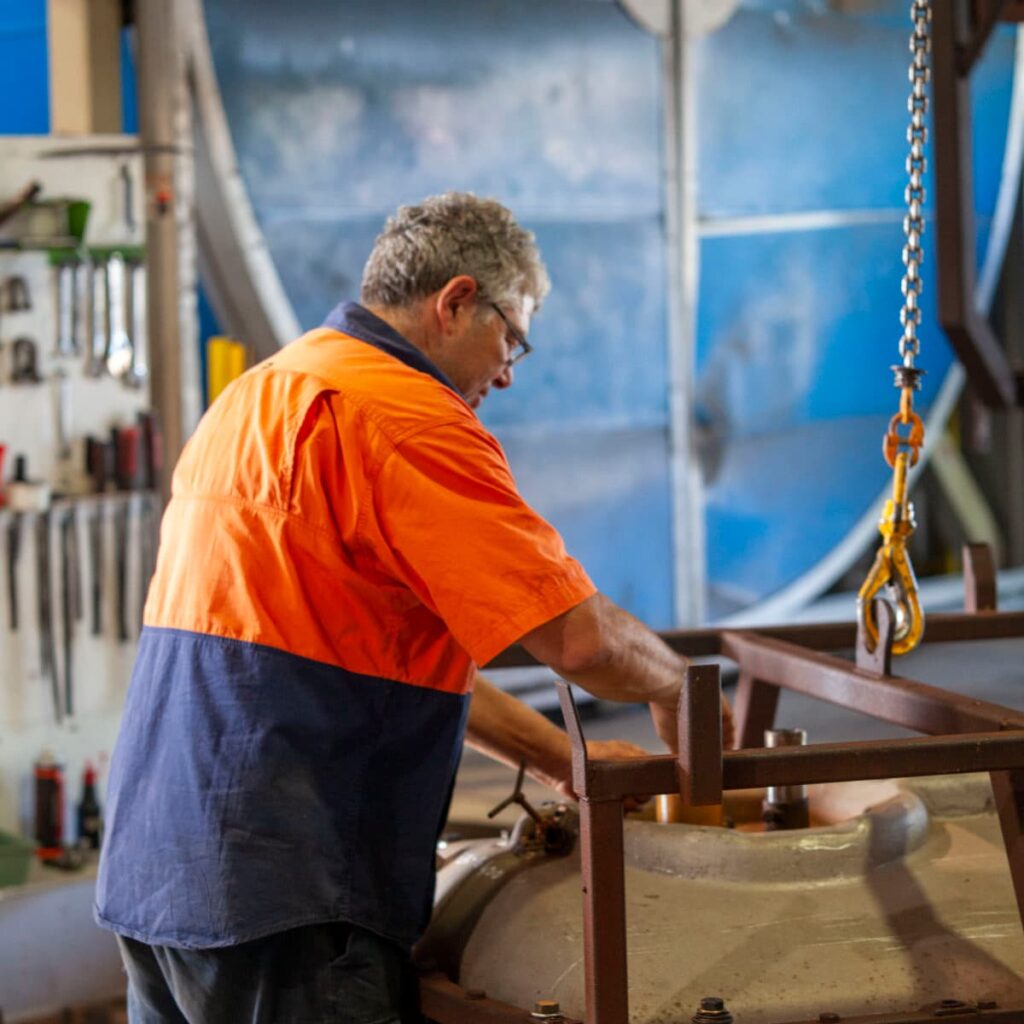Adding aquaponics to you permaculture design
Home / Adding aquaponics to you permaculture design
- globaltanks
- February 18, 2019
- 2 minutes
Sustainable living is becoming increasingly popular as everyday people begin to realise that our planet’s resources are starting to wear a little thin.
Farmers, hobby farmers and property owners are increasingly adopting permaculture design when it comes to growing food and harnessing natural resources.
Permaculture is about living sustainably and ethically within the natural environment. You may think that it sounds a little hippy-ish, but many people feel that it is the only way forward for environmental design when considering a closed-loop growing system for food and plants. It also appeals to many rural dwellers who wish to become self-sufficient and live off the land without pillaging. Permaculture focuses on regenerative production and nurturing the environment. So how does aquaponics fit into this equation?
What is aquaponics?
Aquaponics is essentially the combination of aquaculture (fish farming) and hydroponics (growing plants without soil). When fish are raised in aquaculture tanks, their waste can increase the toxicity of the water in which they are living. In an aquaponics system, the water containing fish excrement is fed to hydroponic plants, which thrive on the nutrients (nitrates) that microbes have broken down from the fish waste. The hydroponic plants gain food from the fish excrement, and then filter the water further, which is returned to the fish tanks to provide a healthy living environment. It’s a closed-loop system that constantly recycles water to minimise waste, making it very sustainable and extremely thrifty!
Transforming your aquaculture or hydroponics design into an aquaponics system.
You may already have an aquaculture or hydroponics system in your permaculture design. But why not consider transforming it into an aquaponics system and combining the best of both worlds? You can convert your hydroponics system into an aquaponics set up by investing in an aquaculture tank and a school of hardy fish such as Silver Perch, Trout or Barramundi. Or integrate hydroponic plants such as herbs and vegetables into your aquaculture system by purchasing hydroponic pots and containers. There are many other factors to consider including pumps, biofiltration, irrigation and drainage, but that’s half the fun of beginning a new system! Finding the right temperature and pH levels to suit the fish, plants and bacteria can be a challenge in aquaponics, but one worth spending time on to enhance your overall permaculture design and sustainable living commitments. To find out more about how to get started with your aquaponics system, see this helpful FAQ.
Recyclable aquaponics tanks for permaculture designs.
Whether you run a hobby farm, a commercial farm, a community garden or live on a rural property and dabble in permaculture design, aquaponics can enhance your way of living and reduce your environmental impact. When building an aquaponics system, however, you want to ensure that the materials you are using fit with your permaculture principles. So choosing tanks that are recyclable is paramount. Global’s aquaculture tanks are made from recyclable, sturdy and durable poly plastic. They’re also UV-stabilised and designed specifically to withstand Australian conditions. These aquaponics tanks are built to last and, at the end of their long lives, can be recycled, assisting you to commit to an environmentally sustainable lifestyle.
Shop Global’s range of circular polyethylene aquaculture and aquaponics tanks today or contact us to discover the best tanks for your permaculture design!

